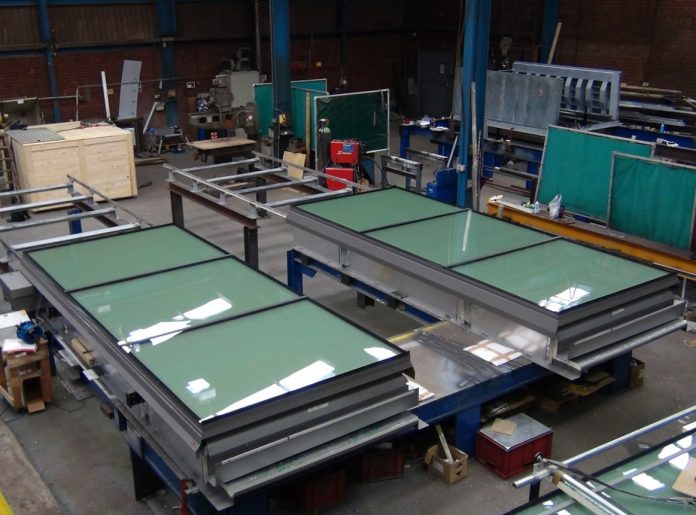Every component of a building plays a crucial role in the quest for sustainable architecture. Energy-efficient access doors have emerged as silent heroes in the UK’s green building movement. These innovative entryways are not just portals between spaces but gateways to a more sustainable future, aligning perfectly with the UK’s ambitious environmental goals.
The Power of a Well-Sealed Door
Energy-efficient doors are masterful at maintaining the delicate balance between indoor and outdoor environments. Minimising heat transfer creates a formidable barrier against the UK’s notoriously fickle weather. This translates to significant energy consumption reductions for heating and cooling, leading to lower utility bills and a smaller carbon footprint.
But the benefits continue beyond energy savings. These doors contribute to enhanced thermal comfort, creating more pleasant spaces to live and work in. In a country where the weather can change faster than you can say “cuppa,” maintaining a stable indoor climate is no small feat.
Aligning with Green Standards
The UK’s commitment to sustainable building is reflected in standards like BREEAM and guidelines from the UK Green Building Council. Energy-efficient doors tick many boxes in these frameworks, helping buildings meet stringent requirements for energy performance and environmental impact.
Moreover, these doors play a crucial role in complying with the UK Building Regulations, particularly Part L, which focuses on fuel and power conservation. As the regulations evolve to meet more ambitious climate targets, energy-efficient doors will become even more indispensable in the builder’s toolkit.
The Financial and Environmental Bottom Line
While the initial investment in energy-efficient doors might be higher, the long-term savings are substantial. Reduced energy bills and potential increases in property value make these doors a smart choice for forward-thinking homeowners and developers.
The impact is equally significant from an environmental perspective. By reducing energy demand, these doors help lower greenhouse gas emissions, contributing to the UK’s broader goals of combating climate change and reducing reliance on fossil fuels.
A Key Component of Sustainable Design
Energy-efficient doors are not standalone solutions but integral to a holistic approach to sustainable building design. They work in concert with other elements like site optimisation, material selection, and indoor environmental quality enhancement to create buildings that are not just structures but ecosystems of sustainability.
Looking to the Future
As the UK continues to push the boundaries of green building, energy-efficient access doors will play an increasingly vital role. They represent a perfect blend of practical functionality and environmental responsibility, embodying the principle that every aspect of a building can contribute to a more sustainable future.
Energy-efficient doors seem like a small detail in the grand scheme of sustainable architecture. But as any builder knows, the details often make the biggest difference. By choosing these innovative doors, we’re not just closing off spaces – we’re opening up a world of possibilities for greener, more efficient buildings across the UK.







